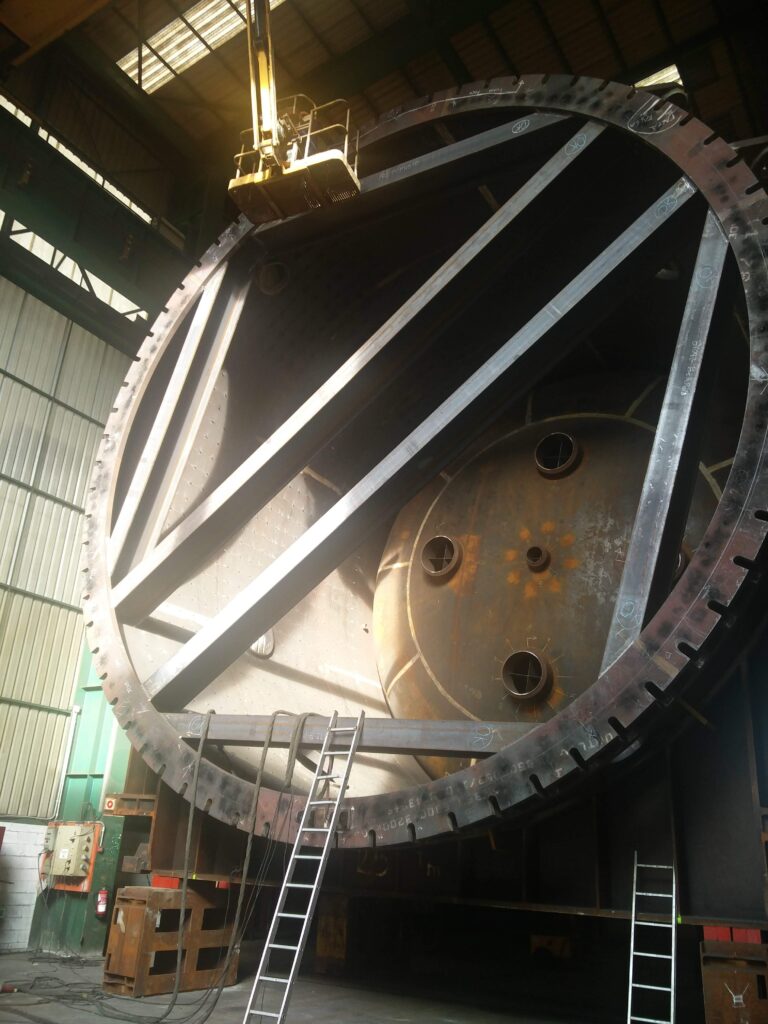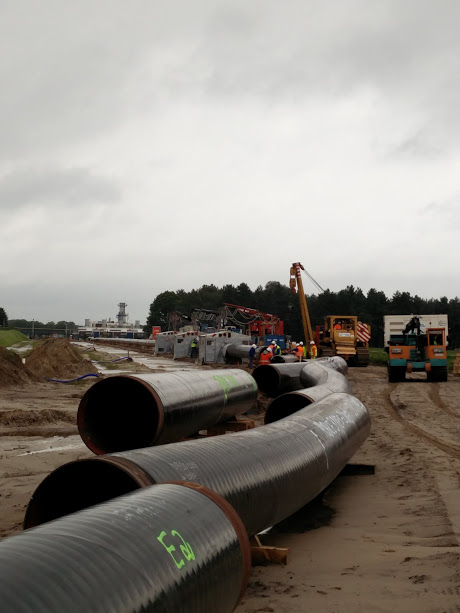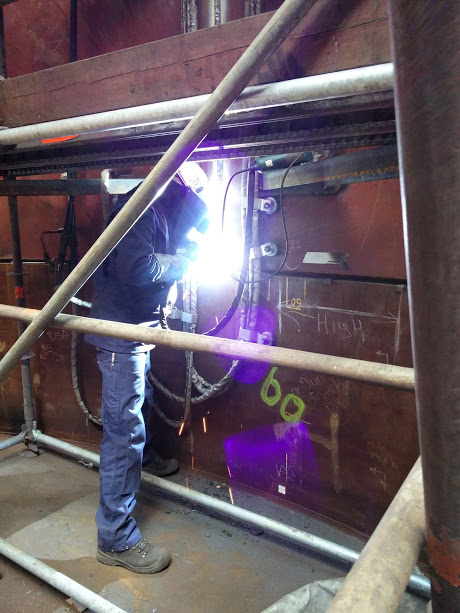

By cooperating with Jes Consultancy, you can rely on one and the same partner for quality control and welding inspection. We inspect not only the welding itself, but also the welders, operators and quality systems. In doing so, we proceed according to various standards (e.g. EN 1090, ASME, API & DNV). Inspections, like welding engineering, are necessary to guarantee the safety, quality and durability of welded structures. We proceed on four levels:
Welding is often used for structural applications. Think of bridges, buildings, pipelines and vehicles. A faulty weld can have serious consequences, such as structural failure or even accidents. Inspections help identify welding faults, allowing potential safety risks to be detected and addressed in time.
Welding procedures and welders themselves are also evaluated to reduce the error burden. Some of the sectors we evaluate are steel construction, offshore, (petro)chemical, energy and transport and distribution (pipelines). A solid qualification process contributes to the safety of your employees and end users. That way, accidents are prevented.
High-quality welding is essential to create durable structures that can withstand loads and environmental conditions. Inspecting welded joints can verify that they meet the required quality standards, specifications and technical designs.
If you have your welding inspected on a regular basis, any defects can be detected and corrected in time. As a result, the overall quality of the final product remains guaranteed. Another essential facet is that your welders have the necessary skills and expertise to carry out welding work to the required standards.
Depending on the sector where welded structures are used, specific standards and regulations apply. Inspections are extremely important to check compliance with these regulations and legal requirements.
Having regular inspections carried out during the production phase has the advantage of ensuring that your welding meets current standards and the requirements of clients and certification organisations.
During an inspection, potential problems can be located before they cause greater damage. Regular inspections are ideal for identifying hidden defects, wear or corrosion. This allows timely preventive measures to be taken, such as maintenance measures or repairs. That way, you will prevent damage and extend the life of your structures.
Quality control in welding refers to the systematic process during which we monitor, assess and guarantee the quality of welds and joints – and that throughout the entire production. The process involves a series of measures, inspections and procedures designed to ensure that welding work would meet established standards, specifications and safety requirements.
The aim of quality control is to minimise defects, ensure the integrity of welded joints and ultimately result in safe and durable structures. Within quality control, that includes inspections, testing and documentation, as well as monitoring welding processes and implementing corrective measures where necessary.


In short, don’t take risks in welding and invest in inspections to maintain the highest standards. Qualifying welding procedures and welders is a smart move to save costs and work more efficiently.
Through optimised procedures and well-trained welders, you can complete your jobs faster, fewer repairs are required, your waste production is reduced and downtimes are minimised. In the long run, your productivity goes up, while your operating costs go down. Contact us today to discuss your prospects with us.